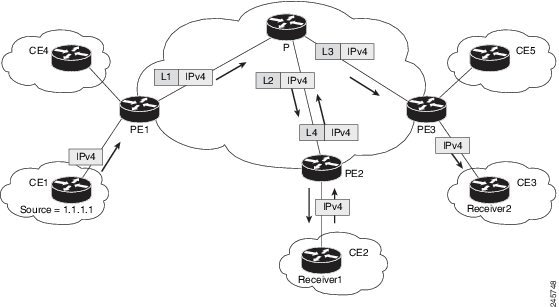Key Protocols and Features Supported in the Cisco IOS XR Software Multicast Routing Implementation
|
Feature |
IPv4 Support |
IPv6 Support |
|---|---|---|
|
Auto-RP |
Yes |
No |
|
BGP |
Yes |
Yes |
|
BSR |
Yes |
Yes |
|
Dynamic host registration |
Yes (IGMP v2/3) |
Yes (MLD v1/2) |
|
Explicit tracking of hosts, groups, and channels |
Yes (IGMP v3) |
Yes |
|
MSDP |
Yes |
No |
|
Multicast NSF |
Yes |
Yes |
|
OOR handling |
Yes |
Yes |
|
PIM-SM |
Yes |
Yes |
|
PIM-SSM |
Yes |
Yes |
|
PIM-SSM Mapping |
Yes |
Yes |












 Feedback
Feedback